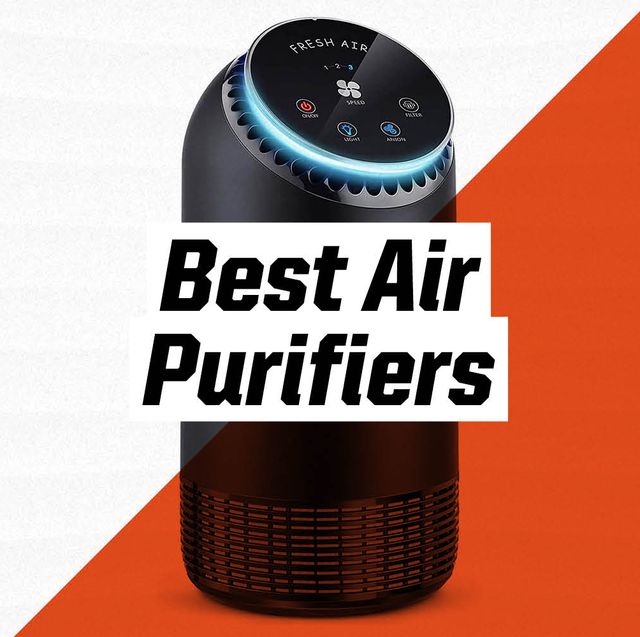Fresh, pure air has never been more important for our health as it is today. Coughing, irritated eyes, sneezing, headaches, and other symptoms produced by the microscopic particles floating through your interior space may all be reduced with air purifiers. The latest models enable you to take control of your air quality to a whole new level.
However, among so many options, you may easily get lost. So, for purchasing the best smart air purifier, keep the following things in mind:
#1. Filter Types
To ensure that you purchase a decent air purifier, check for the following features:
- Pre-filter:This primary mesh filter is necessary for the air purifier’s internal components to be protected. The unit might absorb big particles like dirt and hair if it didn’t have it, causing harm to the other filters.
- HEPA Filter:For collecting tiny particles, this is the most sophisticated filter available. Dust, allergies, pet dander, germs, mold spores, and visible smoke are all examples. This filter is only found in thebest smart Wi-Fi air purifier.
- Activated Carbon Filter:This is the only kind of air purifier filter that can remove smells, gases, and chemicals from the air. The more trapped molecules, the fresher the room will smell, and the less hazardous the air will be to breathe.
Basically, if you search for a smart air purifier with the filters listed above, you can clean the air of everything that may harm your health.
#2. Fan Speeds
Most smart home air purifiers on the market have at least three fan speeds, but some have five or more. The fan speeds are referred to as “cleaning levels” by air purifier manufacturers and brands. Greater fan speeds circulate the air in a room considerably quicker and, as a result, clean it much more effectively.
Keep in mind that most automated air purifiers are quiet at their lowest fan speeds. However, with greater fan speeds, the noise levels may increase.
#3. Automatic Mode
SomeWi-Fi air purifiersinclude an advanced function called “automatic mode.” When this mode is on, the air purifier will detect airborne pollutants and change the fan speed to clean the air.
Automatic mode is a useful function since it eliminates manually adjusting the air purifier to keep the air clean.
#4. Room Coverage
When you’re shopping for a new smart air purifier, be sure it has enough power to handle the size of the area you’ll be using it in.For example, suppose you’re installing an air purifier in a 15′ x 15′ living room. In that case, you’ll need one with a minimum square footage coverage of 300 sq. ft. (15 x 15 = 300).
You can’t have an overpowering air purifier. The more powerful a big room air purifier is, the quicker it will clean the air within your room.
#5. Smartphone App
This one goes without saying, but it’s still a feature to look for in a new smart air purifier.Some of the best smart home air purifiers on the market have their own specialized smartphone app. In contrast, others utilize generic software to connect their devices to a mobile device.
#6. CADR Rating
The CADR (Clean Air Delivery Rate) rating indicates how effectively an air purifier filters out three kinds of airborne particles: dust, pollen, and tobacco smoke.
Not all air purifiers contain a CADR rating. It costs money for an air purifier company to have this test done and get their goods certified.Some air purifier manufacturers conduct lab testing to verify that their devices filter out the three contaminants mentioned above: dust, pollen, and tobacco smoke.
Air purifiers with a CADR rating of at least 2/3 of the room size coverage are the most effective.
Conclusion
There you have it. If you follow these recommendations, you’ll be able to choose the best smart home air purifier that will effectively clean the air within your house or workplace.

















